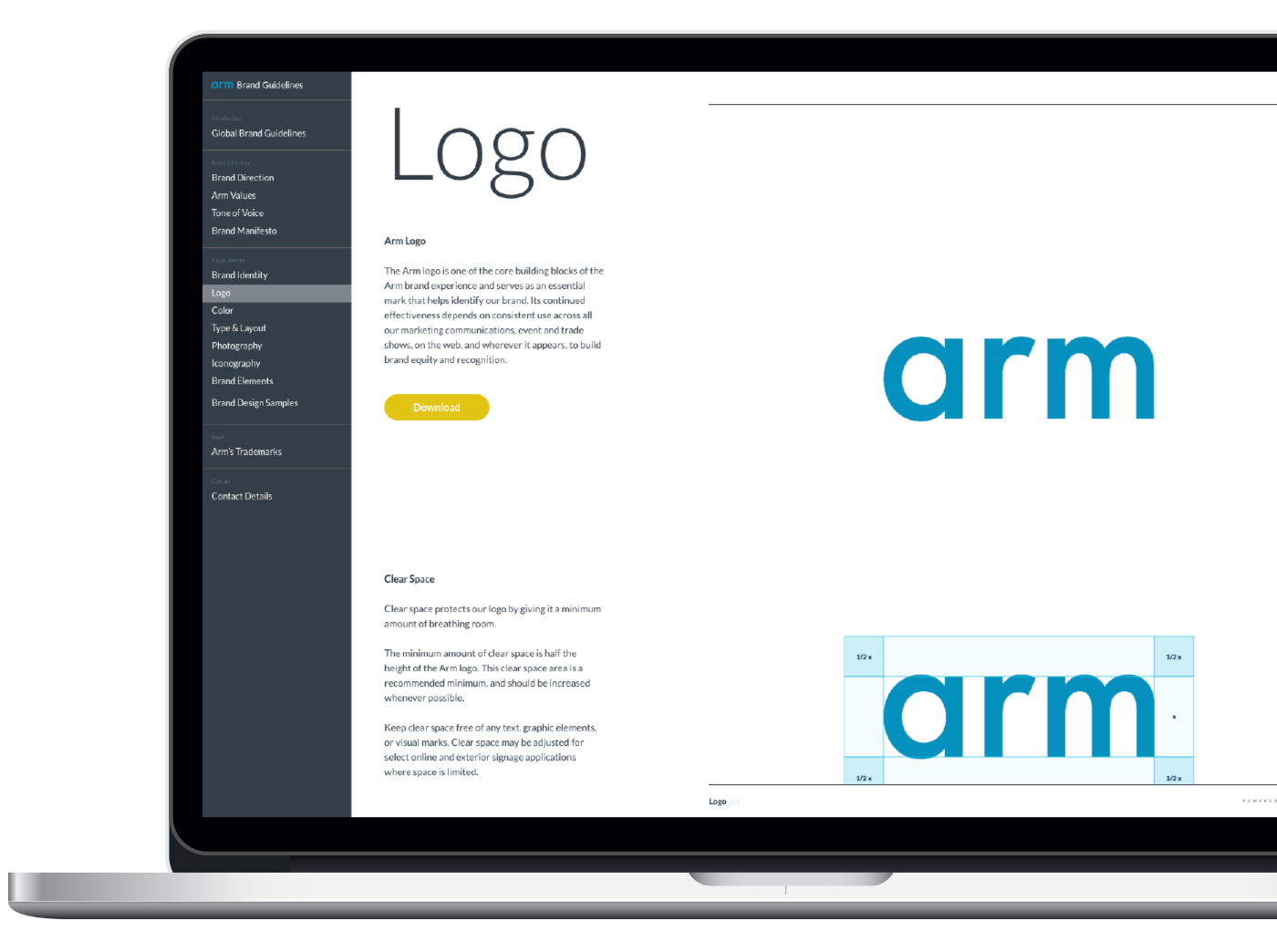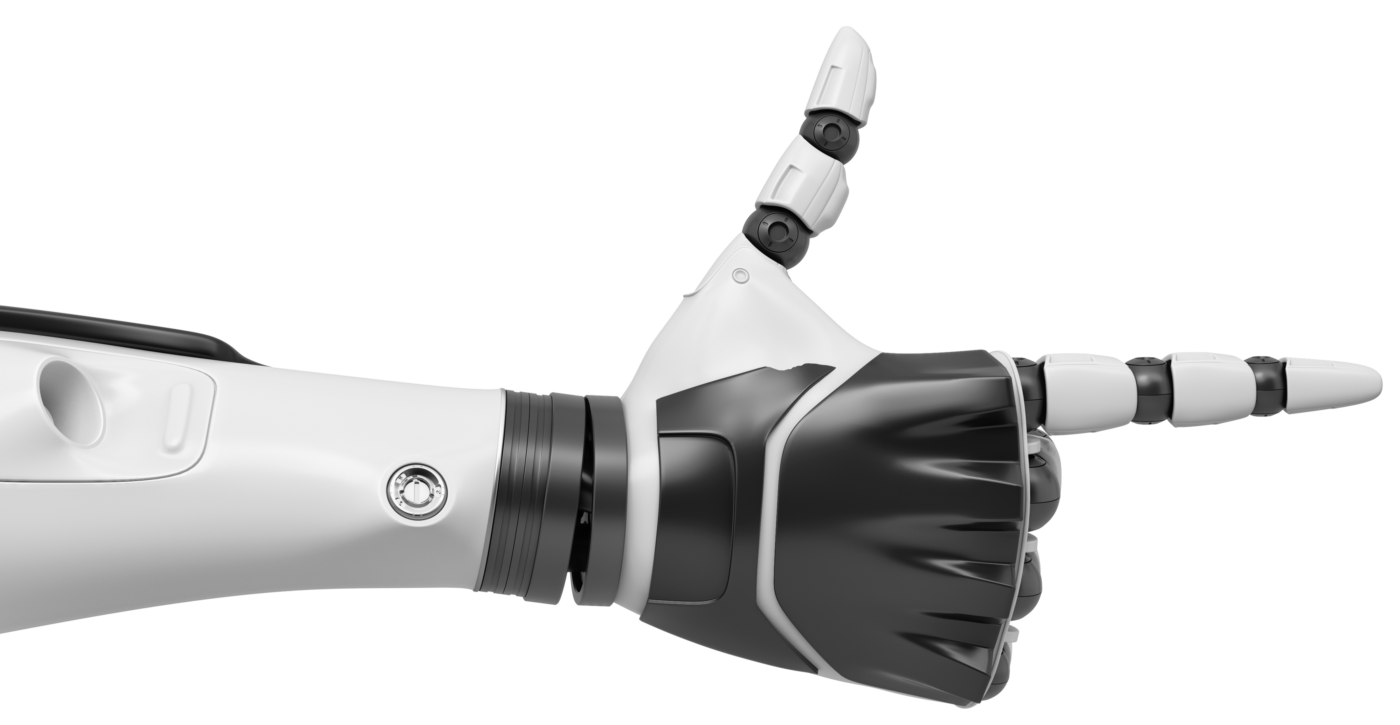
The AI landscape is evolving at breakneck speed. Businesses are no longer just exploring AI—they’re actively scaling it, moving from experimentation to deployment. As generative models become leaner and more efficient, the center of gravity is shifting from the cloud to the edge. The question is no longer if edge AI will scale—it already is.
A new Arm report, “The AI Efficiency Boom: Smaller Models and Accelerated Compute Are Driving AI Everywhere,” breaks down what’s powering this shift—and why it’s reshaping the semiconductor, AI, and device ecosystems.
Smarter models are driving a bigger compute boom
If smaller, faster models mean less compute, then why are hyperscalers spending more on AI chips? The answer lies in Jevon’s Paradox: greater efficiency leads to greater use. The report dives into this economic principle and reveals how breakthroughs like DeepSeek’s ultra-efficient models are triggering unprecedented infrastructure investments.
From OpenAI to Meta, the industry isn’t pausing to catch its breath. It’s scaling to keep up with an AI boom that’s now embedded in everything from wearables to autonomous vehicles.
Why the edge is the new center of AI gravity
AI inference is increasingly happening on-device. The reasons are clear: speed, privacy, cost, and energy efficiency. Whether it’s a smartphone translating languages offline or a smartwatch detecting health anomalies, edge devices are becoming AI powerhouses.
The report outlines how industries like automotive, healthcare, consumer tech, and manufacturing are leaning into this shift, with dedicated hardware (like those built on Arm Ethos-U NPUs) and ultra-optimized models bringing advanced AI features right to the device.
Hybrid architectures are the future—and the present
Edge AI doesn’t mean cloud AI is going away. It means smarter distribution of AI workloads. The future is hybrid: cloud for training and orchestration, edge for real-time inference. This requires a new kind of compute architecture—one that balances general-purpose CPUs with specialized AI accelerators.
Arm’s approach, detailed in the report, shows how a blend of CPUs, GPUs, AI accelerators, and software like Arm KleidiAI is delivering not just performance, but developer-friendly scalability across a variety of device and edge form factors.
Developer ecosystems will make or break the edge AI era
A final takeaway? Tooling matters. Developers need model libraries, compilers, and tuning frameworks that support rapid experimentation. Arm’s Developer Hub, highlighted in the paper, is one example of how the edge AI community is being equipped to build faster, better, and more efficiently.
Want the full picture? Read the full report.
Whether you’re optimizing for cost, power, or latency, the AI efficiency boom isn’t just coming—it’s already here. And it’s reshaping what’s possible at the edge.
Any re-use permitted for informational and non-commercial or personal use only.
Editorial Contact
Related
AI’s Trillion-Dollar Opportunity
How Arm is Driving the Next Wave of Robotic Innovation
Arm Drives Next-Generation Performance for IoT with World’s First Armv9 Edge AI Platform
Accelerating AI Developer Innovation Everywhere with New Arm Kleidi
Accelerating Generative AI at the Edge on Arm with ExecuTorch Beta Release
Unlocking New Real-world Generative AI Use Cases on the Mobile CPU
Latest on X
Achieve greater integration, intelligence, and control for OEMs? Greater flexibility, faster iteration, and less friction across product lifecycles for developers?
Arm is powering this shift with flexible, AI-ready, energy-efficient compute at the edge. 💪…
We were delighted to welcome H.R.H. Prince Daniel and the inspiring entrepreneurs from Prince Daniel’s Fellowship to Arm Cambridge!🙌
Great conversations, bright ideas, and lots of energy around the future of innovation.
Thanks for spending the day with us! 🤝
It started in karting. Now, @1jessicahawkins is chasing the toughest race in the world, Le Mans.
Fueled by determination and innovation, and supported by the @AstonMartinF1 team and Arm.
This is Jessica's story.
🎥 Watch now: https://shorturl.at/GfycI
5 cities. 1 vision. 👏
Arm Unlocked 2025 in Shanghai, Shenzhen, Seoul, Taipei, and Tokyo brought the global ecosystem together to define how AI scales, from edge and physical AI to cloud AI, all on the Arm compute platform.
https://okt.to/q3PXFU
What’s your favorite way to celebrate milestones at work?
35 years of innovation. 35 years of people shaping the future of computing. 💪
Our offices around the world celebrated 35 years of Arm in true style — connection, creativity, and (of course) cake 🎉
Today, we're celebrating 35 years of Arm! 🎉
That makes us old enough to remember dial-up, and young enough to be at the leading edge of AI.
Arm technology touches 100% of the connected global population, with more than 325 billion chips shipped worldwide.…
This week, we're celebrating 35 years of Arm! 🎉
That makes us old enough to remember dial-up, and young enough to be at the leading edge of AI.
Arm technology touches 100% of the connected global population, with more than 325 billion chips shipped worldwide.…
Mohamed Awad, EVP of Cloud AI Business Unit at Arm, recently joined Silicon Valley Tech Talks to discuss how AI is reshaping data centers, and how Arm’s Neoverse and Arm Total Design ecosystem are helping the industry meet the growing demands of compute.
Arm's Innovations for AI Infrastructure
...
okt.to
Collaboration drives impact. 📷
Over the past decade, we've partnered with @UNICEFinnovate
to apply technology for good, developing scalable AI solutions to protect children’s health, advance education, and build climate resilience.
Discover the story @FT:…
#MSIgnite may be over but if you missed us there's no need to worry.
Head over to our Cloud Migration Hub or Developer Program resources to learn more about the future of cloud computing on Arm. 💪 https://okt.to/gTJ8qj
Inspired by #SC25? So are we.
From record-breaking Arm-based supercomputers to powerful new innovations in AI and HPC, the future of compute is being built on Arm.
Be part of what’s next 👉 http://careers.arm.com
From building networks to shaping the AI era, @AristaNetworks’ Jayshree Ullal joins Rene Haas on the Tech Unheard podcast to talk bold moves, software-first thinking, and leading through change in the AI era.
Listen to the new episode now: https://okt.to/9dEpyc 🎧
Micosoft Azure Cobalt 100 VM powered by Arm Neoverse deliver up to 99% better price-performance across workloads. From web infrastructure to quantitative finance, these instances are enabling efficiency, scalability, and real-world value .
Built on Arm - redefining the future.…
📢 Introducing Cobalt 200!
In partnership with @Microsoft we're bringing you the first publicly announced silicon built on the Arm Neoverse Compute Subsystem V3 (CSS V3).
A vital part of our commitment to a more efficient, scalable, and sustainable cloud!…
👋 Good morning from #SC25!
Stop by the Arm booth to explore our latest demos, connect with our talent team, and learn about open roles and life at Arm.
💡 Discover how you can help shape the future of AI and HPC — and be part of the team driving the future of compute! 📍#4425
🚀 We kicked off #SC25 with @AWSCloud & @NVIDIA, bringing the Arm HPC & Advanced Compute community together to connect and share their experiences building on Arm.
With every major hyperscaler choosing Arm, we’re powering the future of AI and supercomputing. See you at the show!
Our partnership with @NVIDIA keeps growing. 🤝
By extending Arm Neoverse with NVIDIA NVLink Fusion, we’re enabling partners to achieve Grace Blackwell-class performance, bandwidth, and efficiency — delivering greater intelligence per watt for the AI era.
https://okt.to/PHg461
The Fujitsu A64FX powered Fugaku supercomputer showed what was possible with Arm architecture. FUJITSU-MONAKA shows what’s next.
Available in 2027, it brings supercomputing innovation to data centers and the edge, combining SVE2 acceleration and our confidential computing…
Arm is powering the future of cloud computing for the AI and enterprise era.⚡
Whether you’re at #MSIgnite in person or online, don't miss our our on-demand session to learn more about how we're enabling performance, efficiency and innovation.
https://okt.to/Jy5ERg
AI, cloud-native, and multi-architecture design are transforming how workloads are deployed and scaled. The momentum seen at KubeCon + CloudNativeCon 2025 reflects an industry building for flexibility, performance, and efficiency - powered by Arm.
https://okt.to/QuhlMj
Counting down the days until #SC25!
From Fugaku to Jupiter, discover why the world's most advanced supercomputers and AI systems run on the Arm compute platform.
👇 Here's where you'll find us.
AI is changing what’s possible within robotics innovation. 🤖🧠
Recently Anders Beck, VP of Technology at @Universal_Robot, joined the Arm Viewpoints podcast and shared his thoughts on how AI is driving a more flexible, collaborative era of automation.
https://okt.to/IXWvYn
Some inventions don’t just break boundaries, they redefine what’s possible.
The Arm-based Meta Ray-Ban Display AI glasses and EMG wristband are changing how we interact with technology — no touchscreens, no buttons, just movement.
Congrats to the team at @Meta behind the…











